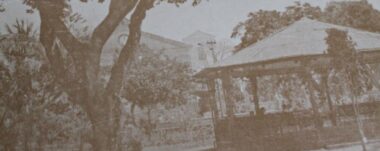Costa Rican Cinema: The Early Years and its Pioneers
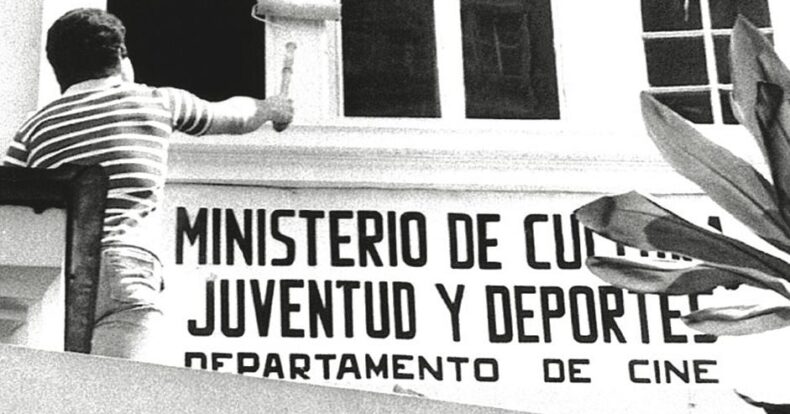
The cinema has played a significant role in Costa Rican culture and entertainment since its early years. When the cinematograph arrived in the country in 1897, a close relationship was initially established between cinema and theater. It was on February 17 of that same year when Edison’s projectograph was premiered at the Variedades Theater, a year after its presentation to the press in New York.
Costa Rican cinema and science fiction.
One of the first Costa Rican fiction films was “The Return”. Directed by the Italian A. F. Bertoni and produced by Mario Urbini with Costa Rican resources, this film marked a milestone in the country’s film industry. Walter Bolandi was in charge of photography and the original script was written by Gonzalo Chacón Trejos. All of the cast was made up of local actors.
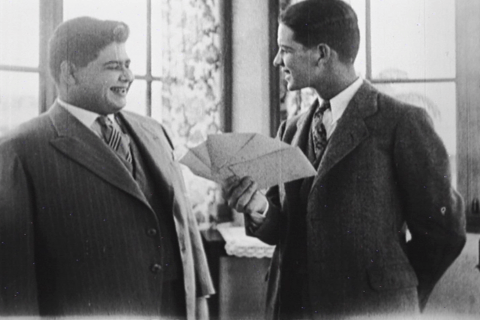
” The Return” tells a love story typical of the time. Rodrigo, the main character, is in love with his cousin Eugenia, and they both live in the countryside. However, Rodrigo is forced to go to the capital to study. There, he meets Cupido Delgado, a man from the city who introduces him to many women. Rodrigo is dazzled by the adventures of his friend’s daily life and enjoys multiple experiences. However, after a disappointment in love, he returns to the arms of his cousin Eugenia and to the cherished country atmosphere, which has always been valued in Costa Rican literature and art.
Times of revolution.
From the 1980s onwards, filmmaking in the country depended almost exclusively on independent production. The economic crisis of the 1980s made film production very expensive, making it impossible to develop a film industry in the country. As a result, national production was left to individual efforts with occasional state support.
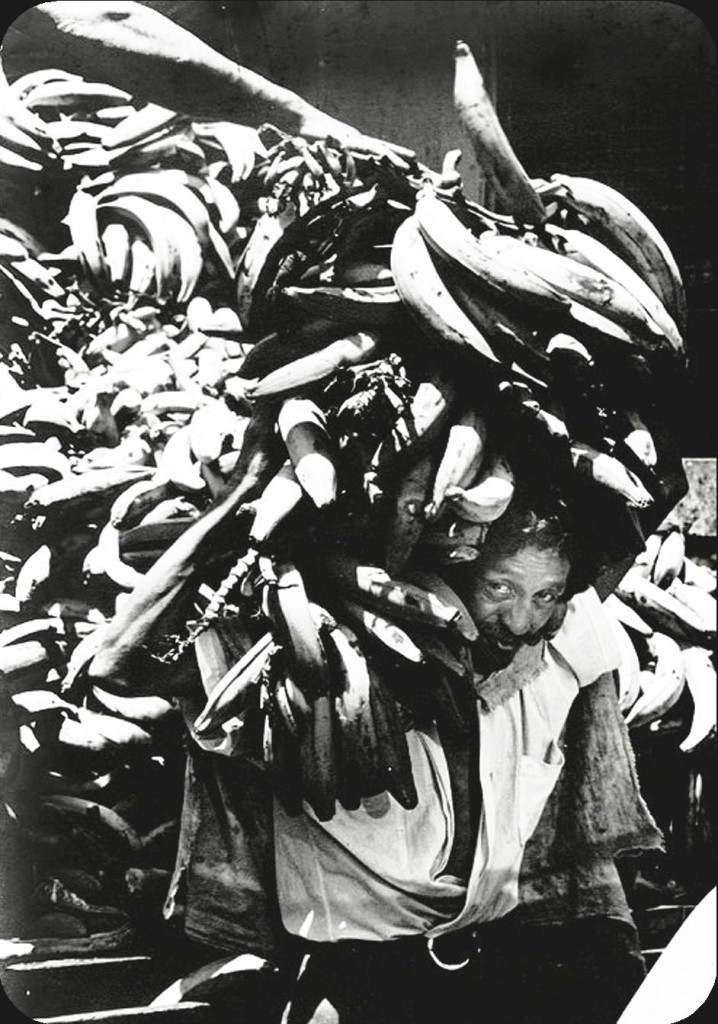
During this period, many Costa Rican productions and co-productions addressed the regional issues of the Central American wars. Examples of these films are ” Free Homeland or Die” (1979), “The Salvador, the People Will Win” (1980), “The Insurrection” (1980), “Alsino and the Condor” (1982) and “The Filibuster War” (1980).
History and its influence on cinematography.
After 1982, national cinema began to deal with more mythical, historical and legendary themes. One of the most ambitious projects of this period was the feature film “La Segua” (Antonio Yglesias, 1984), which combined supernatural elements. Another outstanding film was “La Negrita, el Milagro de Nuestra Señora de los Ángeles” (1985), produced by Roxanna Bonilla-Giannini, which was based on the legend of the discovery of the Virgin of the Angels.
The topic of the peasant who moves to the city was treated again in films such as ” The Secrets of Isolina” (Miguel Salguero, 1984) and “Eulalia” (Óscar Castillo, 1987). For the first time, however, Costa Rican audiences had to wait fourteen years to see another national film, “Asesinato en El Meneo” (Oscar Castillo, 2001), a comedy that reflected for the first time the country’s deteriorated image in a feature-length fiction film.
As a result, it begins to reflect historical moments, characters and rituals that have shaped the country’s identity. From the transfer of power between presidents Ricardo Jiménez Oreamuno and Alfredo González Flores in 1914, to the celebration of the enactment of the Social Legislation and the Labor Code in 1943, cinematographic images have left a trace of the events that have shaped the history.
Regarding the influence of history on Costa Rican cinema, filmmaker Esteban Ramirez commented:
“Cinema should be memory, it should serve to understand who we are and how we got here. As cineastes, we have a responsibility to tell our own stories and explore the themes that have marked our identity as a country.”
Evolution of cinema: the early years and its pioneers.
The Costa Rican cinema has evolved over the years, facing economic and social challenges. Through the lens of film, it has managed to tell unique stories that are representative of Costa Rican culture and identity. Through the lens of cinema, memory has been preserved and the country’s audiovisual heritage has been enriched.
In the words of filmmaker Miguel Gómez,
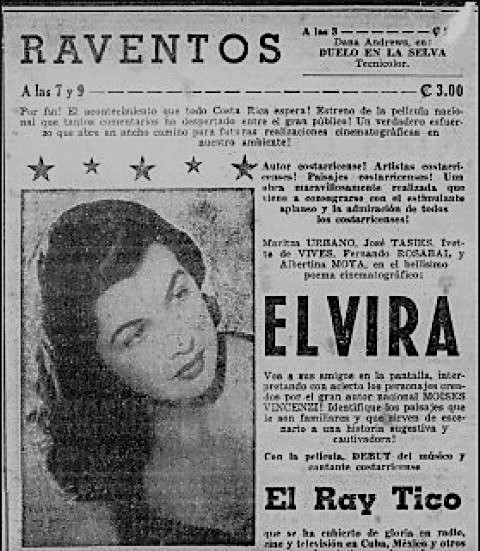
“Film is a form of artistic expression and a powerful tool to tell our own stories. Through movies, we can reflect on our identity, challenge stereotypes and build bridges between generations.”
The first pioneers in Costa Rican cinema laid the foundations of the film industry in the country, leaving an invaluable legacy. Albert Francis Bertoni was one of them, director of the first Costa Rican feature film, “El retorno” (1930). Another outstanding figure was Alfonso Patiño Gómez, director of “Elvira” (1955), a film that contributed to the consolidation of the national identity.
These pioneers of costarican cinema laid the groundwork for future generations of filmmakers and their work continues to be an inspiration for the country’s film industry.
To conclude, Costa Rican cinema has experienced significant growth throughout its history. From the early theater-related years to today’s independent production, film has played a crucial role in the preservation of Costa Rican culture and identity. Despite the challenges it has faced, Costa Rican cinema continues to be a window to the country’s unique stories and experiences, leaving an indelible mark on the Latin American film industry.
Sensorial Sunsets
Navigate articles




